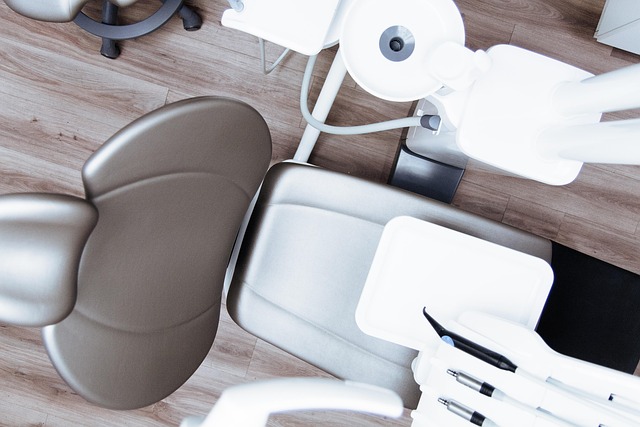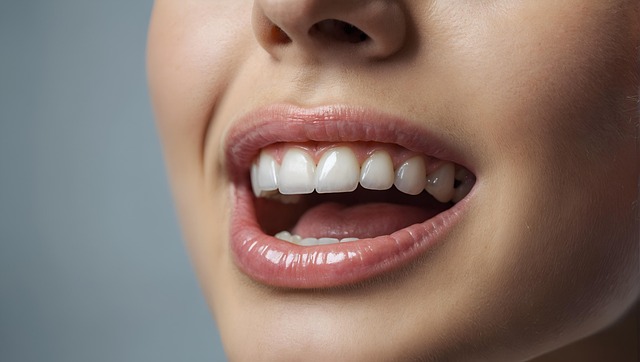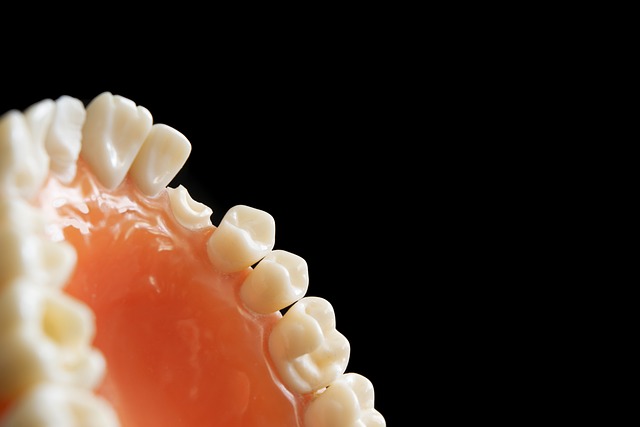Dental imaging technologies like X-rays and CT scans are essential for diagnosing and planning tooth extractions in Liverpool, offering detailed insights into oral health issues. While X-rays provide affordable initial assessments, CT scans offer comprehensive 3D views for complex cases, with cost varying based on complexity. Safety protocols minimize radiation risks during these procedures, empowering patients to make informed decisions about their oral care and budgeting for tooth extraction costs in Liverpool.
“Uncover the power of dental imaging: X-rays and CT scans as indispensable tools for navigating tooth extraction procedures. This comprehensive guide delves into the world of advanced dentistry, exploring indications, benefits, and safety measures. From understanding basic radiography to interpreting complex results, we demystify these technologies. Additionally, we analyze cost comparisons between X-rays and CT scans in Liverpool, offering insights for informed decision-making. Prepare to explore the intricate landscape of dental care.”
- Understanding Dental Imaging: X-rays and CT Scans
- Indications for X-ray and CT Scan in Tooth Extraction
- The Role of Radiography in Diagnosing Complications
- Cost Analysis: X-rays vs. CT Scans for Tooth Extraction
- Precautions and Safety Measures During the Procedure
- Interpreting Results: What to Expect from Dental Imaging
Understanding Dental Imaging: X-rays and CT Scans

Dental imaging plays a crucial role in diagnosing and treating various oral health issues, including those that may require tooth extraction in Liverpool. X-rays and CT scans are two primary tools used to create detailed images of teeth, jaws, and surrounding structures. These advanced technologies allow dental professionals to detect problems that may not be visible during a regular examination.
X-rays, for instance, use radiation waves to capture black-and-white images, revealing the position of teeth, bones, and tissues. They are valuable in identifying infections, abscesses, impactions, and bone loss. On the other hand, CT scans offer more comprehensive three-dimensional views by taking multiple X-ray images from different angles. This technology is particularly useful for assessing complex cases like dental fractures, tumors, or planning surgical procedures, ensuring a precise tooth extraction cost assessment in Liverpool.
Indications for X-ray and CT Scan in Tooth Extraction

When considering tooth extraction, medical professionals often rely on X-rays and CT scans to diagnose underlying issues accurately. These diagnostic tools are crucial in determining the best course of action for safe and effective tooth removal. An X-ray, a quick and non-invasive procedure, provides detailed images of teeth and nearby structures, helping dentists assess the position and health of teeth, as well as identify any potential complications like impacted wisdom teeth or bone density issues.
For complex cases or when more information is required, a CT (computed tomography) scan offers a three-dimensional view of the jaw and surrounding areas. This advanced imaging technique is particularly useful in planning tooth extraction, especially when dealing with impacted teeth or identifying anatomical structures that might be at risk during the procedure. Understanding the precise location and extent of the problem ensures a more precise extraction, potentially reducing complications and ensuring better patient outcomes, which are essential considerations when evaluating Tooth Extraction Cost Liverpool.
The Role of Radiography in Diagnosing Complications

Radiography, including X-rays and CT scans, plays a pivotal role in diagnosing complications associated with various medical procedures, such as tooth extractions. These advanced imaging techniques provide detailed visual information about the internal structures, enabling healthcare professionals to accurately identify any issues that may arise during or after treatment.
When considering the Tooth extraction cost Liverpool, understanding the importance of radiography is paramount. It helps in determining the best course of action, ensuring safe and effective procedures. For instance, an X-ray can reveal the position of a tooth, identify any potential complications like bone fractures or remaining dental fragments, and guide the dentist in planning the extraction accordingly. CT scans offer even more detailed cross-sectional images, aiding in the diagnosis of complex cases or identifying structural abnormalities that could impact the extraction process.
Cost Analysis: X-rays vs. CT Scans for Tooth Extraction

When considering tooth extraction, understanding the cost implications is crucial for making informed decisions. In Liverpool, the price for dental procedures can vary significantly, and this is no different when comparing traditional X-rays to advanced CT scans. Generally, a simple X-ray for diagnostic purposes is more affordable, typically costing around £20-£50 per image, depending on the clinic. This cost-effectiveness makes X-rays an initial go-to for many dental issues, including assessing the need for tooth extraction.
On the other hand, CT scans offer a more detailed view of the mouth and jaw structure, which is essential for complex cases. The price for a CT scan in Liverpool can range from £100 to £300 or more, making it a more substantial investment. However, this technology provides precise information, aiding dentists in planning extraction procedures, especially in areas with intricate anatomy or when multiple teeth are involved. Comparing tooth extraction costs in Liverpool should consider these factors to ensure financial preparedness for the chosen diagnostic approach.
Precautions and Safety Measures During the Procedure

During dental procedures like tooth extractions, safety is paramount. Patients in Liverpool, interested in understanding the diagnostic process, should know that X-rays and CT scans are essential tools for detecting underlying issues accurately. However, these procedures involve radiation exposure, necessitating stringent precautions to safeguard both patient and medical staff.
In the case of tooth extractions, dental professionals employ various safety measures. Patients are typically positioned correctly, with protective lead aprons covering sensitive areas to shield them from excessive radiation. Modern equipment is designed with advanced settings to minimise exposure while ensuring clear imaging. Additionally, trained staff adhere to strict protocols for monitoring and limiting radiation doses, ensuring the procedure’s safety and effectiveness, regardless of concerns about the tooth extraction cost Liverpool residents might have.
Interpreting Results: What to Expect from Dental Imaging

When it comes to dental imaging, understanding the results is a crucial step in diagnosing and treating any underlying problems. After an X-ray or CT scan, your dentist will carefully examine the images to identify any abnormalities or potential issues within the mouth, jaw, and surrounding areas. These advanced imaging techniques provide detailed visual information that aids in making accurate assessments.
The interpretation process involves identifying dental caries (cavities), gum disease, bone loss, impacted teeth, or even signs of previous treatments. For instance, an X-ray might reveal a tooth requiring extraction, which can impact overall oral health and potentially affect the cost of treatment, such as the tooth extraction cost in Liverpool. Knowing what to expect from these results enables patients to make informed decisions regarding their dental care and budget accordingly.
When considering tooth extraction in Liverpool, understanding the importance of diagnostic imaging is key. Both X-rays and CT scans play pivotal roles in pinpointing underlying dental issues and complications. While X-rays offer a cost-effective option for basic assessments, CT scans provide detailed 3D visualizations, making them ideal for complex cases. With safety precautions in place, these advanced imaging techniques empower dental professionals to make informed decisions, ensuring the best possible outcome for patients. Knowing the tooth extraction cost and the benefits of each imaging method allows individuals to choose the suitable approach for their unique circumstances.
